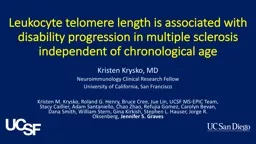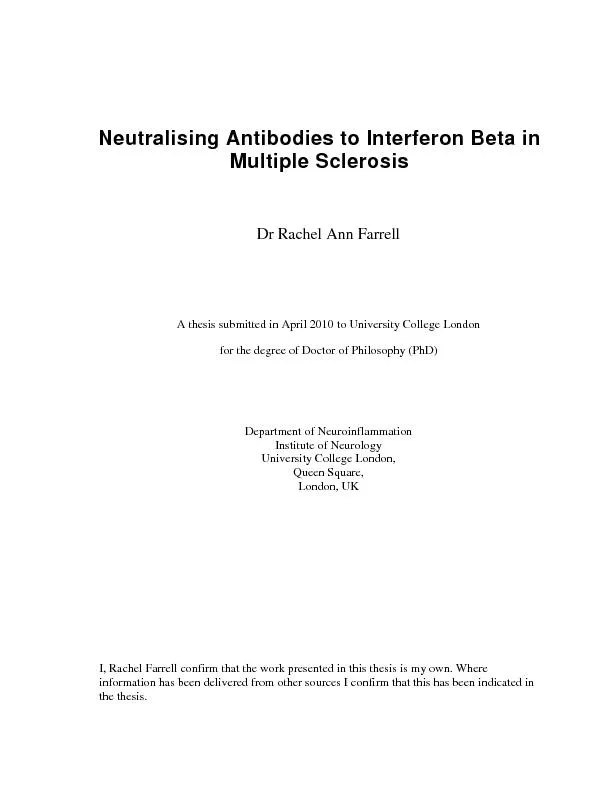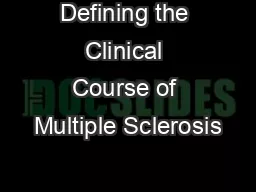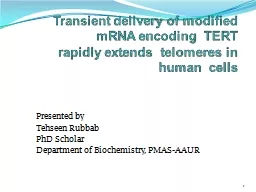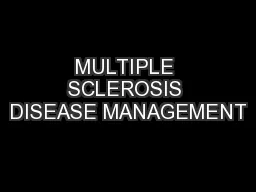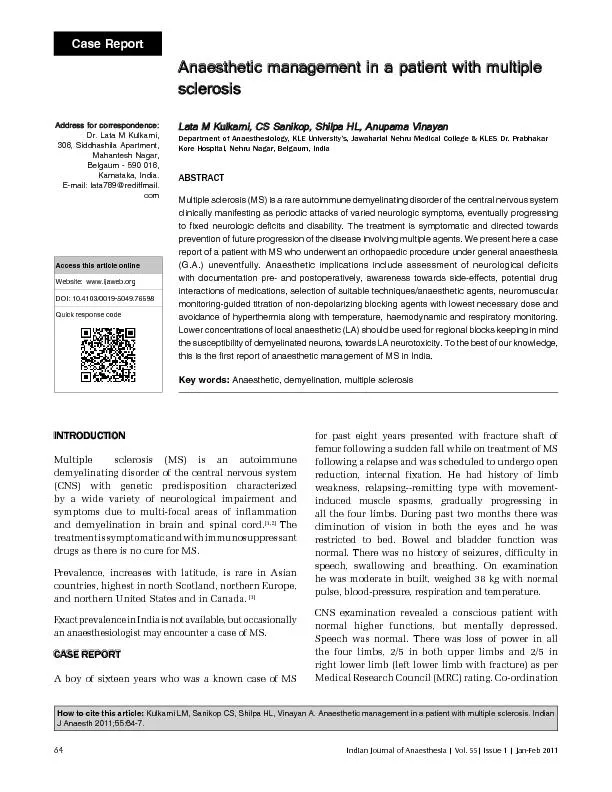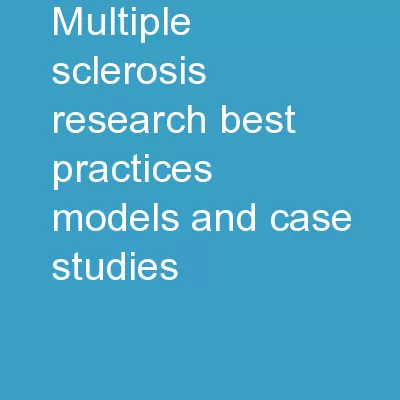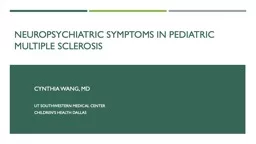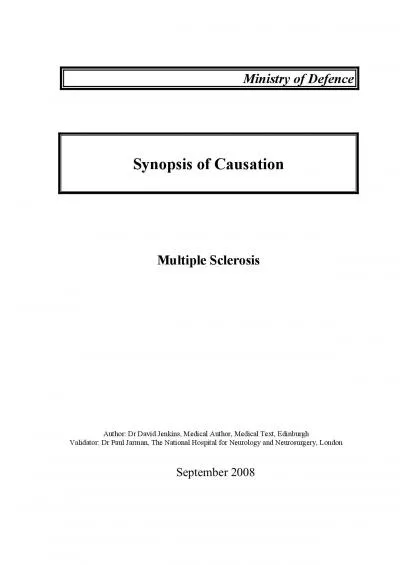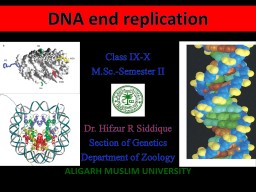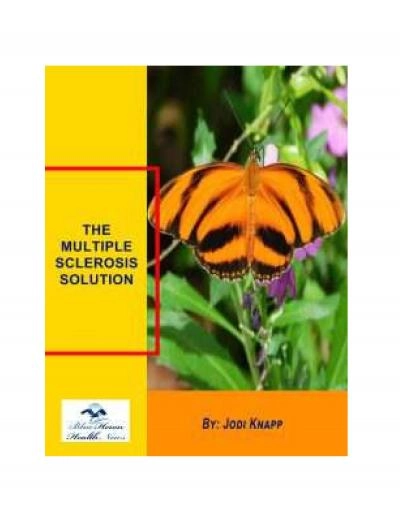PPT-Leukocyte telomere length is associated with disability progression in multiple sclerosis
Author : escapistlego | Published Date : 2020-06-16
Kristen Krysko MD Neuroimmunology Clinical Research Fellow University of California San Francisco Kristen M Krysko Roland G Henry Bruce Cree Jue Lin UCSF MSEPIC
Presentation Embed Code
Download Presentation
Download Presentation The PPT/PDF document "Leukocyte telomere length is associated ..." is the property of its rightful owner. Permission is granted to download and print the materials on this website for personal, non-commercial use only, and to display it on your personal computer provided you do not modify the materials and that you retain all copyright notices contained in the materials. By downloading content from our website, you accept the terms of this agreement.
Leukocyte telomere length is associated with disability progression in multiple sclerosis: Transcript
Download Rules Of Document
"Leukocyte telomere length is associated with disability progression in multiple sclerosis"The content belongs to its owner. You may download and print it for personal use, without modification, and keep all copyright notices. By downloading, you agree to these terms.
Related Documents

